Ford F150 pickup trucks, both old and new models, are equipped with horns that alert other drivers and ensure road safety. I own a 2008 Ford F150 with a front horn near the truck’s radiator.
The horn’s position varies depending on the model year, showcasing changes in design and layout over time. Let’s explore where the horn is located in different Ford F150 models.
Horn Location Across Ford F150 Models
The horn on a Ford F150 is typically positioned at the front of the truck. Depending on the model year, it may be located behind the grille, near the headlights, or between the grille and radiator. For example, models from 1995 to 2003 have the horn between the grille and radiator. In contrast, models from 2009 to 2014 position the horn below the headlights, while the latest models (2015 to 2023) place it behind the grille near the bottom of the headlight.
The newer models often feature horns behind the front grille, which makes them more vulnerable to dirt and moisture exposure. For instance, my friend’s 2022 Ford F150 has a horn button on the steering wheel’s rear.
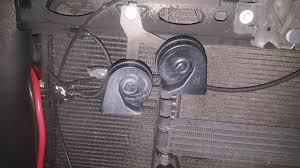
Overview of Horn Placement
The model’s manufacturing layout influences the location of the horn in a Ford F150. The horn button is usually on the steering wheel, while the relay is housed under the hood. Older models, like the 1993 variant, have the horn behind the front bumper. The 1994 model places it near the bottom of the headlight, close to the radiator.
From 1995 to 1999, the horn is in the middle of the grille and radiator. Similarly, the 2001 to 2003 models follow this design, while the 2004 to 2008 models position the horn at the radiator’s front side. Later models, such as those from 2009 to 2014, move the horn to the bottom of the headlights.
The 2015 to 2020 models mount the horn behind the grille, and more recent trucks, like the 2021 to 2023 variants, position it either on the rear side of the grille or at the bottom of the passenger-side headlight.
Understanding where the horn is located on your Ford F150 is crucial for maintenance, repair, or replacement. Many horns are mounted in areas exposed to environmental debris and moisture, making them prone to wear and tear. Regular inspection and timely replacement ensure the horn functions optimally, maintaining road safety.
Most Ford F150 horns are electrically operated and controlled via a fuse. The fuse, typically rated at 25 amps, is critical in regulating the horn’s performance. The fuse is generally inside the hood or dashboard, connecting to the truck’s battery and electrical system.
Types of Horns in Ford F150
Ford F150 models feature electric horns that operate using electromagnetism. These horns have an electromagnet and a diaphragm that produces sound when activated. When you press the horn button, electrical signals energize the electromagnet, causing the diaphragm to vibrate and generate noise.
Advanced models also offer air horns, often referred to as train horns. These horns are loud, easy to install, and highly effective in alerting other drivers, particularly in emergencies. They are compatible with models like the 2009 to 2014 Ford F150. Additionally, many Ford F150s feature backup alarms that produce beeping sounds when reversing, enhancing safety by reducing collision risks.
Summary of Horn Locations by Model Year
| Model Year | Horn Location |
|---|---|
| 1993 | Behind the front bumper |
| 1994 | Bottom of the headlight |
| 1995 to 1999 | Between the grille and radiator |
| 2000 | Bottom of the front bumper |
| 2001 to 2003 | Between the grille and radiator |
| 2004 to 2008 | Front side of the truck radiator |
| 2009 to 2014 | Under the headlights |
| 2015 to 2020 | Rear side of the front grille |
| 2021 to 2023 | Rear side of the grille or bottom of headlight |
Why This Knowledge Is Essential
Knowing the horn’s exact location on your Ford F150 not only aids in repair and replacement but also ensures you are prepared to handle issues arising from environmental exposure. Selecting a durable, high-quality horn for your truck can save you from frequent replacements and ensure long-term functionality.
Additionally, understanding how the horn operates, including its connection to the truck’s electrical system, can help diagnose issues effectively. With proper care and maintenance, the horn will continue to serve as a critical safety feature for your Ford F150.

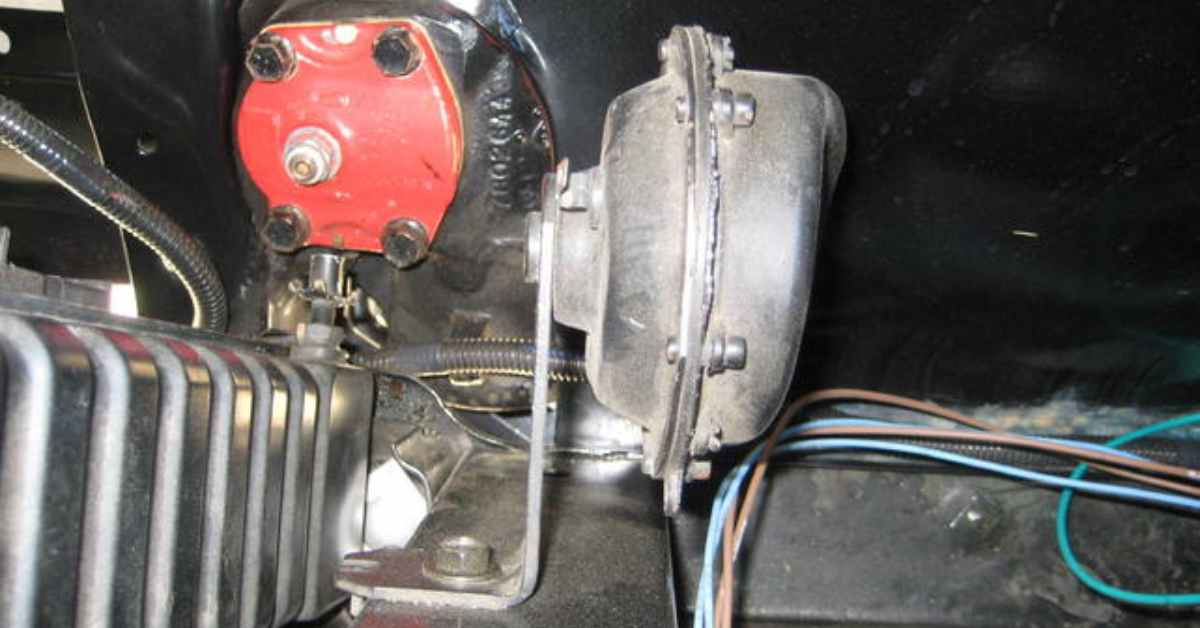
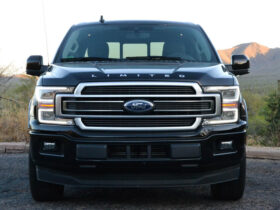
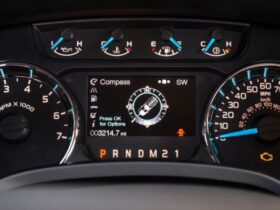
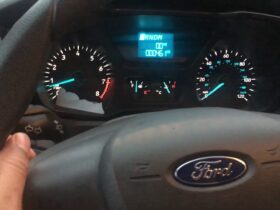
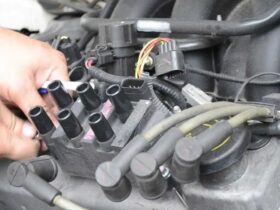
Leave a Reply
View Comments